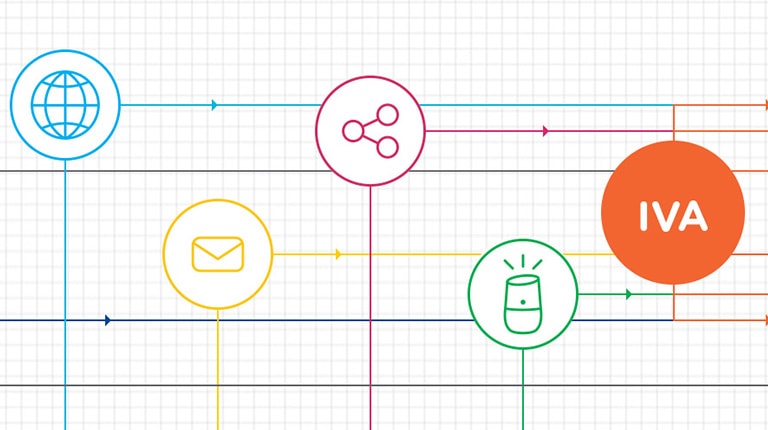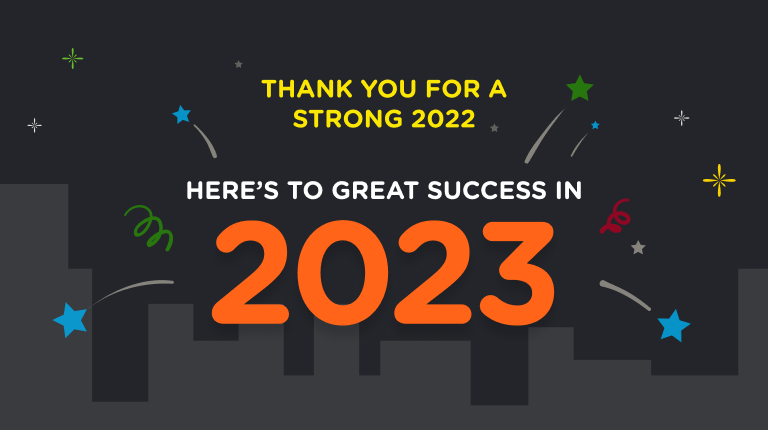We’re quickly wrapping up the last few weeks of this decade. Yes, you read that right–this decade. It’s not often that rapidly forward-moving industries like customer experience and Conversational AI look back on the past (to be honest, there’s really just no time), but If you did, you would find that customer experience was way different 10 years ago.
10 years ago…
While there was certainly a greater shift to a more customer-centric focus than in the early 2000s, the technology in 2010 was not on par with what it is today. And therefore, what we consider now to be vital channels of communication between businesses and customers weren’t used in the same way 10 years ago. Here are some examples to put things in perspective:
- Facebook had only recently developed their chat function in 2008, which was really only used for communication between friends. Contacting a business through a chat box or text message was rare.
- iPhones were growing in popularity, but the app-revolution had not yet hit its peak (iPhones at this point had only been around for three years, and apps had only been around for two!) In other words, smart phones weren’t really that smart.
- There was a lack of ease and productivity in voice channels. Of course, cell phones 10 years ago were ubiquitous. And with more people calling into businesses than ever before, businesses had to cope with the increase of call volume with automation. Traditional menu trees (press 1 for billing, 2 for order status, etc.) had been around for about 20 years, but the technology hadn’t improved much from when it was originally developed. That meant a lot of frustrated customers.
The advancement of these three channels– chat, smartphones, and voice– would evolve over the next 10 years to be more aligned with what customers want: effortless and productive conversations.
Which takes us to 2019, which was a big step forward from what we saw in 2010. To reflect on this past year and change our focus to the next 10, we gathered Interactions experts to give their take on what the biggest trends of 2019 were:
Voice is Back Baby
With the growing proliferation of smart speakers and intelligent assistants like Alexa, Siri, and Google Assistant, using voice to complete tasks is a growing trend. It is estimated that 1-in-6 Americans (16%) own a voice activated smart-speaker, per Edison Research and NPR. Users find it easier to communicate in the most natural of ways, with their voice. Voice search is up–50% of all searches will be voice searches by 2020, per comScore. When asked, 82% of enterprises agreed that intelligent voice capabilities will be a deciding factor in where consumers will take their business. These enterprises see value in offering voice services for general customer service inquiries and to guide customers to relevant products and offers, per the Oracle Impact of Emerging Technology on CX Excellence report.
-Valerie Bonaldo, Senior Manager, Market Intelligence
CX is King
More and more companies are recognizing the importance in cultivating customer relationships and trust throughout the customer journey, including providing services through the contact center. The contact center is evolving to be more than just a cost center; it can also be a revenue generator, if the customer experience is a positive one and creates loyalty. More contact center directors are putting CX first and recognizing that while off-shoring the contact center cuts costs, investing in a robust Conversational AI solution can do that AND raise CSAT at the same time.
-Lisa Michaud, Senior Product Manager
AI and Agents: Better Together
Much is made about AI taking jobs from humans, but in the contact center, Conversational AI and Virtual Agents should be viewed as a support system to live agents, taking repetitive and transactional work off of their plates, collecting information and data from customers, and freeing up live agents to focus on more complex customer issues.
-Mike Fuller, Senior Manager, Channel and Field Marketing
Chatbots passed through the Great Filter
If 2018 was the year of chatbots, then 2019 was the year when chatbots had to prove their worth and usability. Many failed to live up to customer expectations. The novelty around chatbots was over by the middle of 2019. Simply ‘having a chatbot’ was not enough. Customers expected the same level of maturity, personalization, and depth from chatbots as interacting with a live agent. The chatbots that failed to provide such sophistication of technology couldn’t survive. We saw many brands terminating chatbot programs and learning from the initial Proof of Concept. The good news is the bots that survived 2019 were definitely more evolved – those which used Conversational AI technologies and human intelligence when appropriate. These bots are often called Intelligent Virtual Assistants.
-Priyanka Tiwari, Director of Product Marketing
If so much can change in the past 10 years, and even just within the past one year, the future is surely looking bright. Stay tuned for our next blog which will discuss predictions for the AI and CX space in 2020. See our infographic to learn more about the advancements in technology over the past years.





